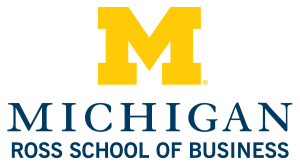Skudge Foods Inc. is a consulting firm specializing in food pricing with an emphasis on bundling. Students will follow Skudge founder Sid Kris Jorgenson as his firm determines what prices to charge to maximize profits for his clients. The exercises explain the difference between pure components, pure bundling, and mixed bundling models and how they can be applied to unique consumer segments with various reservation prices.
The exercise series is presented in four parts. Students should prepare Exercise A before class, and can complete Exercises B–D during the instruction period. Through this series of increasingly sophisticated exercises, students will gain a deep understanding of optimizing pricing and increasing profits through strategic bundling. Each consecutive exercise adds constraints to the bundling challenge, requiring students to construct increasingly complex algorithms.

